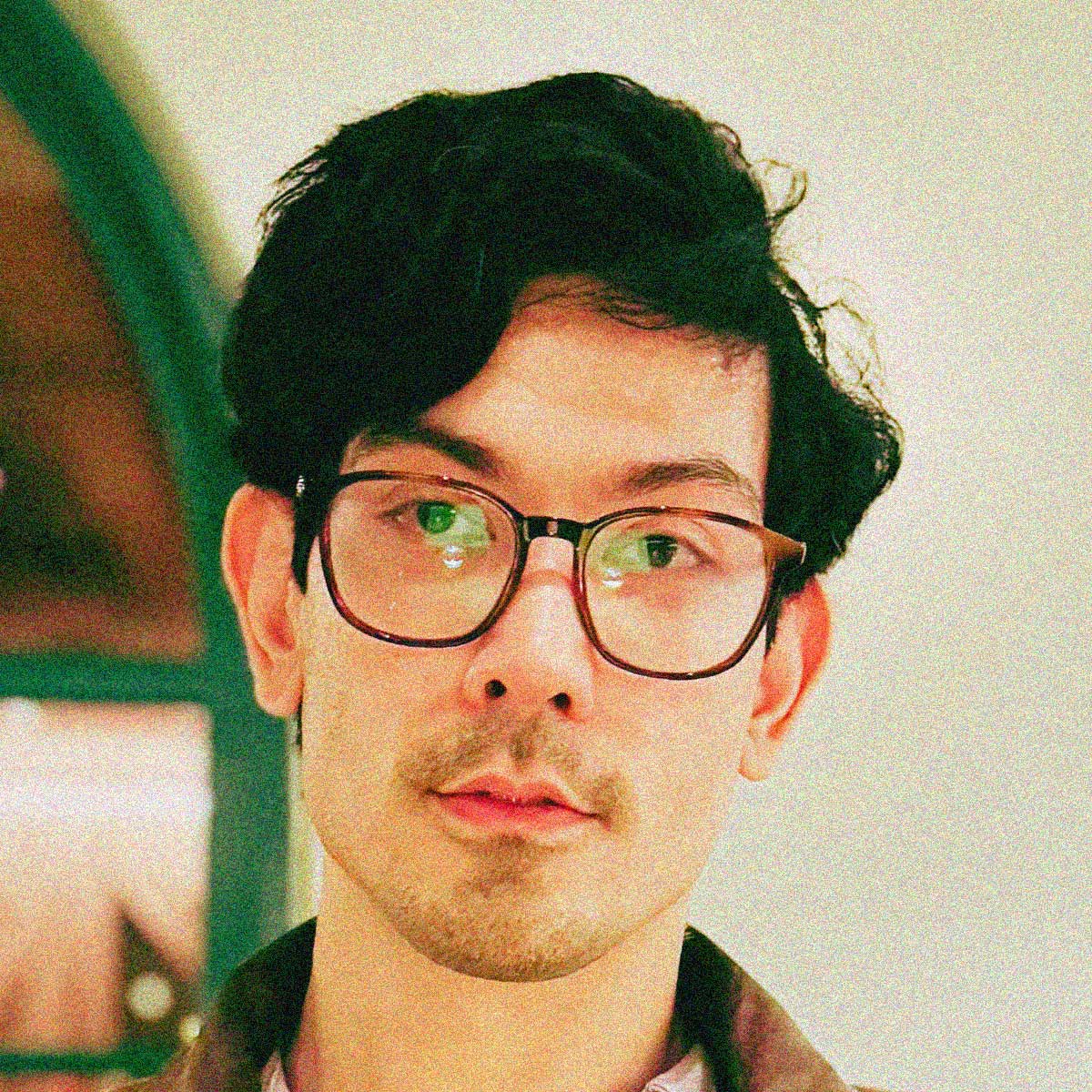I love the song “All I Do Is Win.” It’s got a catchy hook and underscores one of the central themes of American culture: We’re a society obsessed with winning.
We’re taught as kids that winning is good and losing is bad. It’s ingrained in us. We revel when we win but mourn when we lose. Failure is hard to digest. And most people will do everything to avoid it.
But what’s so scary about failure? Why do we avoid it like the plague? And why does it hurt so much?
Back in the horse-and-buggy days, failure meant something different. It meant bankruptcy. It was an event that happened. People would say they made a failure — not I am a failure.
Everything changed after the Civil War. As ideas like individualism and self-reliance spread, failure went from an ordeal to a measure of personal worth. It became tied to who we are. It became personal.
Failure is still like that today. But now, thanks to media, we’re constantly told to embrace it. After all, that’s how successful people say they did it.
We hear phrases like “fail fast” and “fail forward” everywhere. Society tells us to learn from failure but doesn’t show us how.
The truth is, you might learn less from failure than you think. It’s often tough to figure out exactly why something didn’t work. If a project fails, it could be due to many reasons — bad timing, poor planning, or something else. It’s hard to know for sure.
Instead of trying to guess or pinpoint why you failed, a more practical approach is trial and error. This method is powerful because it lets reality guide you. You try different things and adjust based on what you find. If something works, keep doing it. If it doesn’t, try something new. This way, you rely on actual results to illuminate the path rather than supposing.
I think of it as Collecting the Dots.
Remember those dot-to-dot drawings from childhood? You’d connect each dot to gradually reveal a picture of an animal or cartoon character. Failure works the same way. Each failure is like a dot that helps you build a clearer picture of what works.
But in real life, the dots aren’t laid out for you. You have to collect them yourself. As you gather more dots, the picture sharpens. Often, this happens naturally through small and unconscious adjustments you make. Even if you don’t always realize it.
Take the Roomba as an example. I got one of those robot vacuums and named him Napoleon. Napoleon was like a chicken with its head cut off the first time I ran him. He zigzagged around the room and bumped into everything. It took him forever to clean. I wondered if I had made a mistake buying him.
But over time, Napoleon improved. He learned the layout of the house and adapted through trial and error. Each bump and misstep was part of his learning process. He didn’t take it personally or get frustrated. He just kept going and collecting the dots. He wasn’t learning from every bump in a conscious way. He was mapping out the space through trial and error.
Just like Napoleon, you’ll face setbacks and failures on your journey. They’re not about finding immediate lessons but figuring out what works over time. Every failure helps refine your approach and brings your image into focus.
Your first attempts at collecting the dots might be painful. But remember: Napoleon didn’t get bent out of shape when he whacked into a couch. Neither should you. Every barrier you hit is another dot that helps you find your way.
Today, Napoleon is a pro at cleaning my place. He’s a winner. I bet you can guess his walk-out song.
